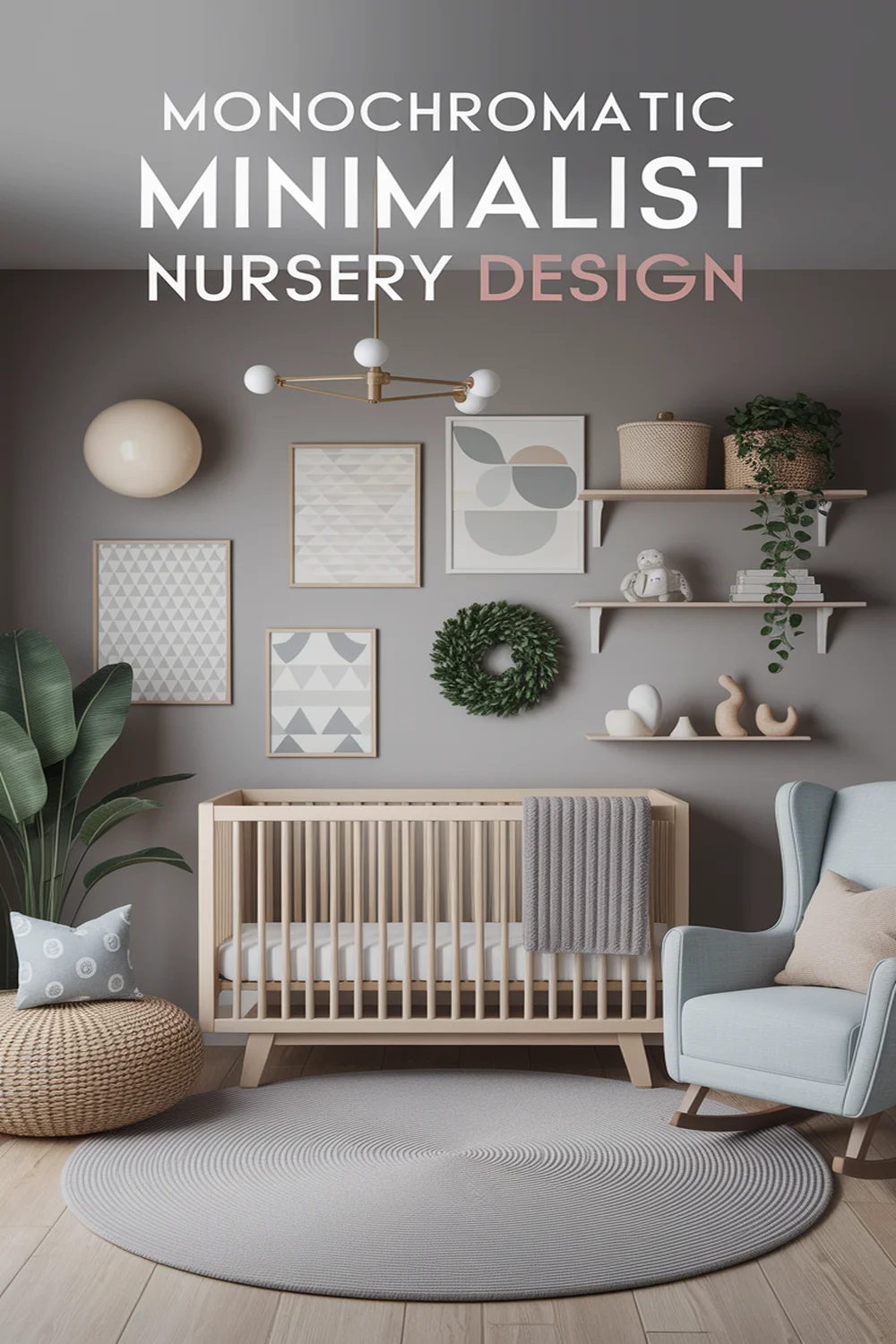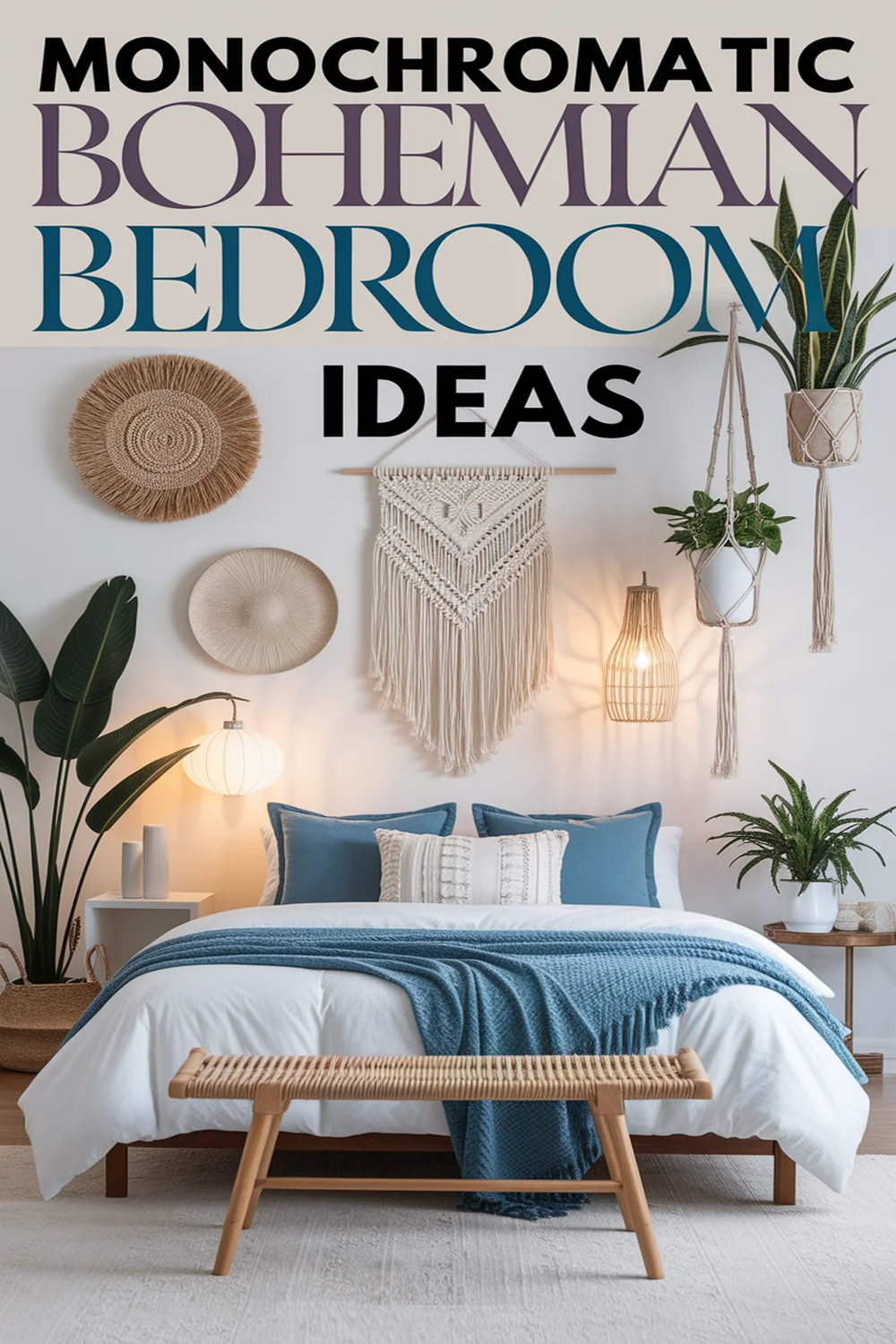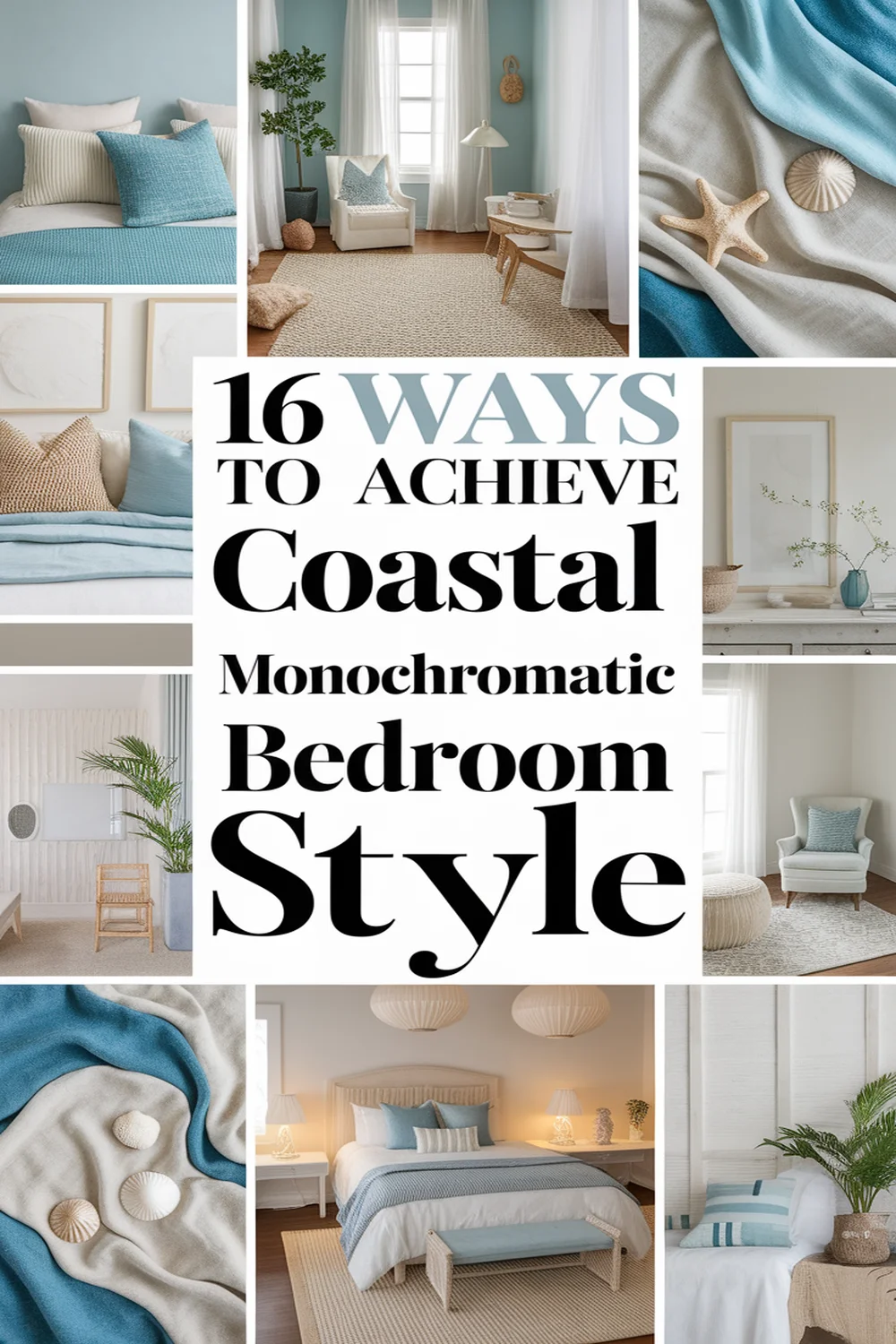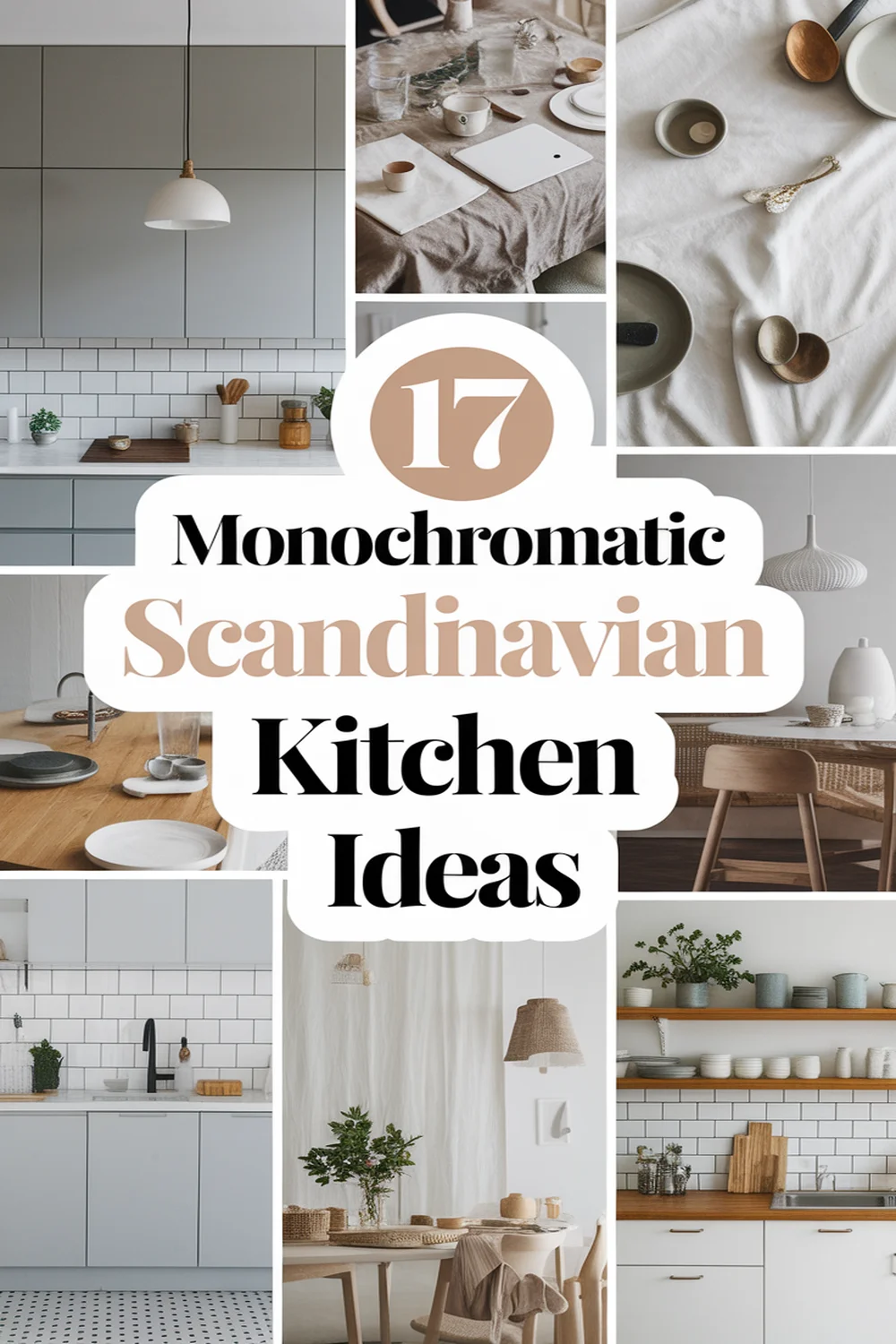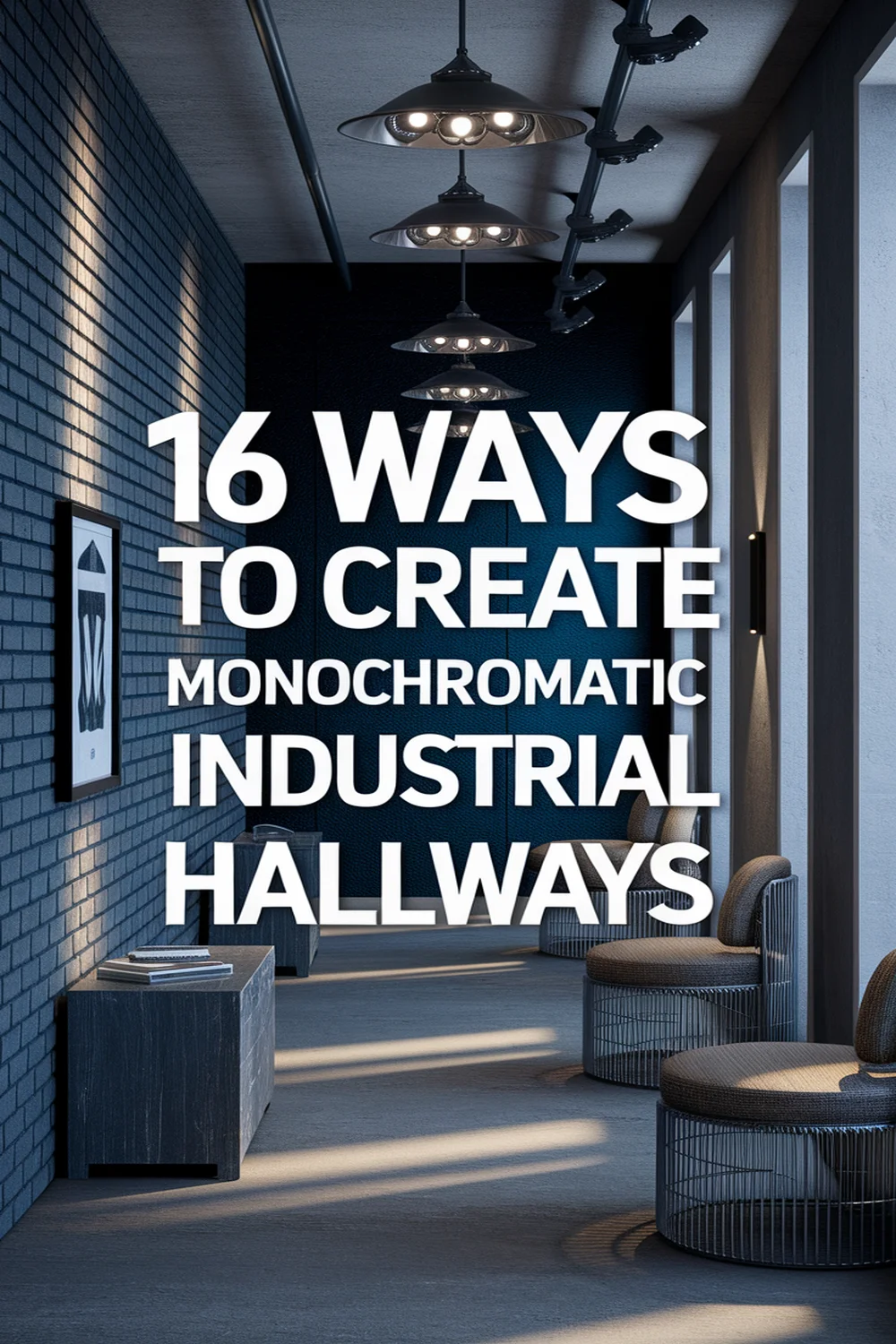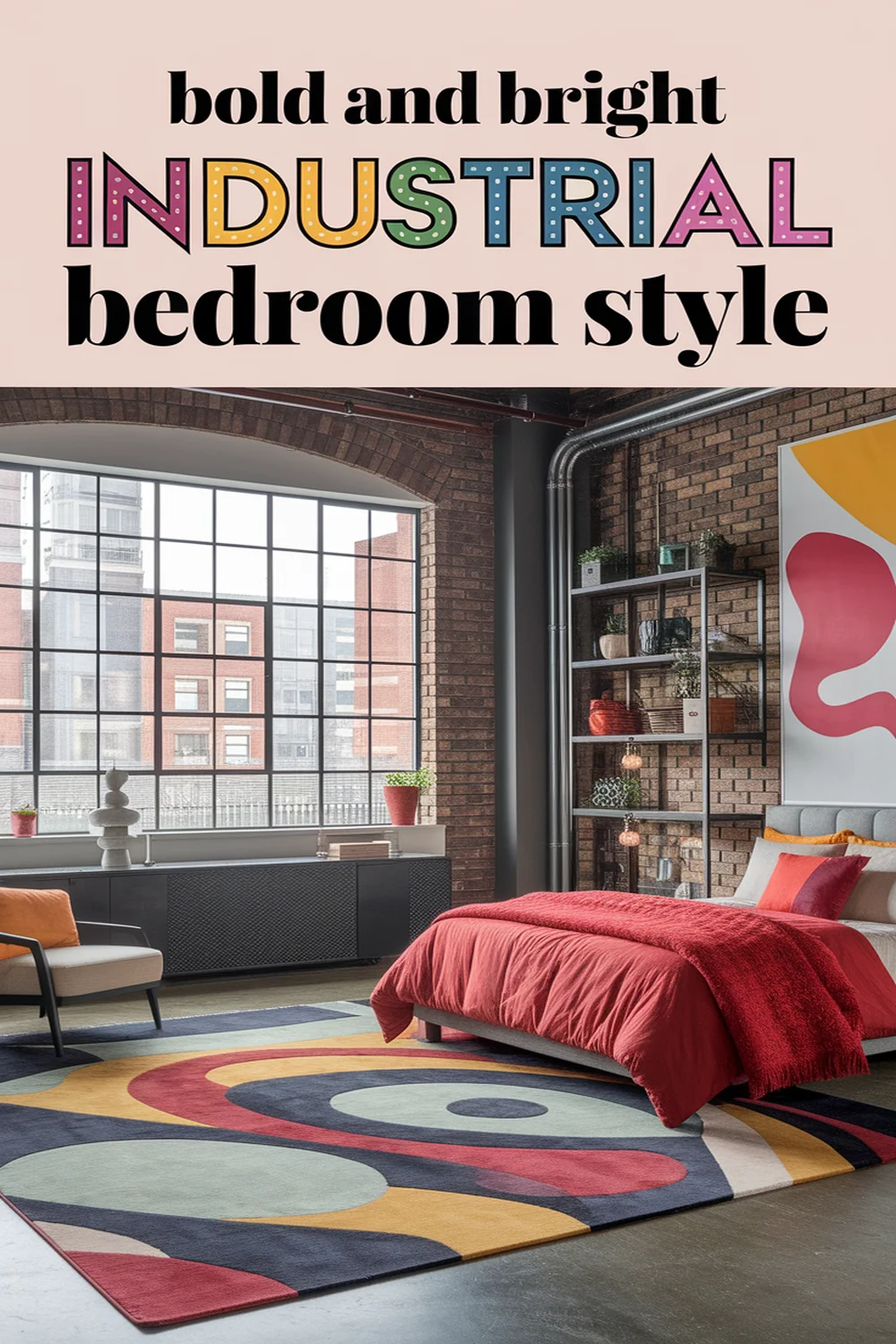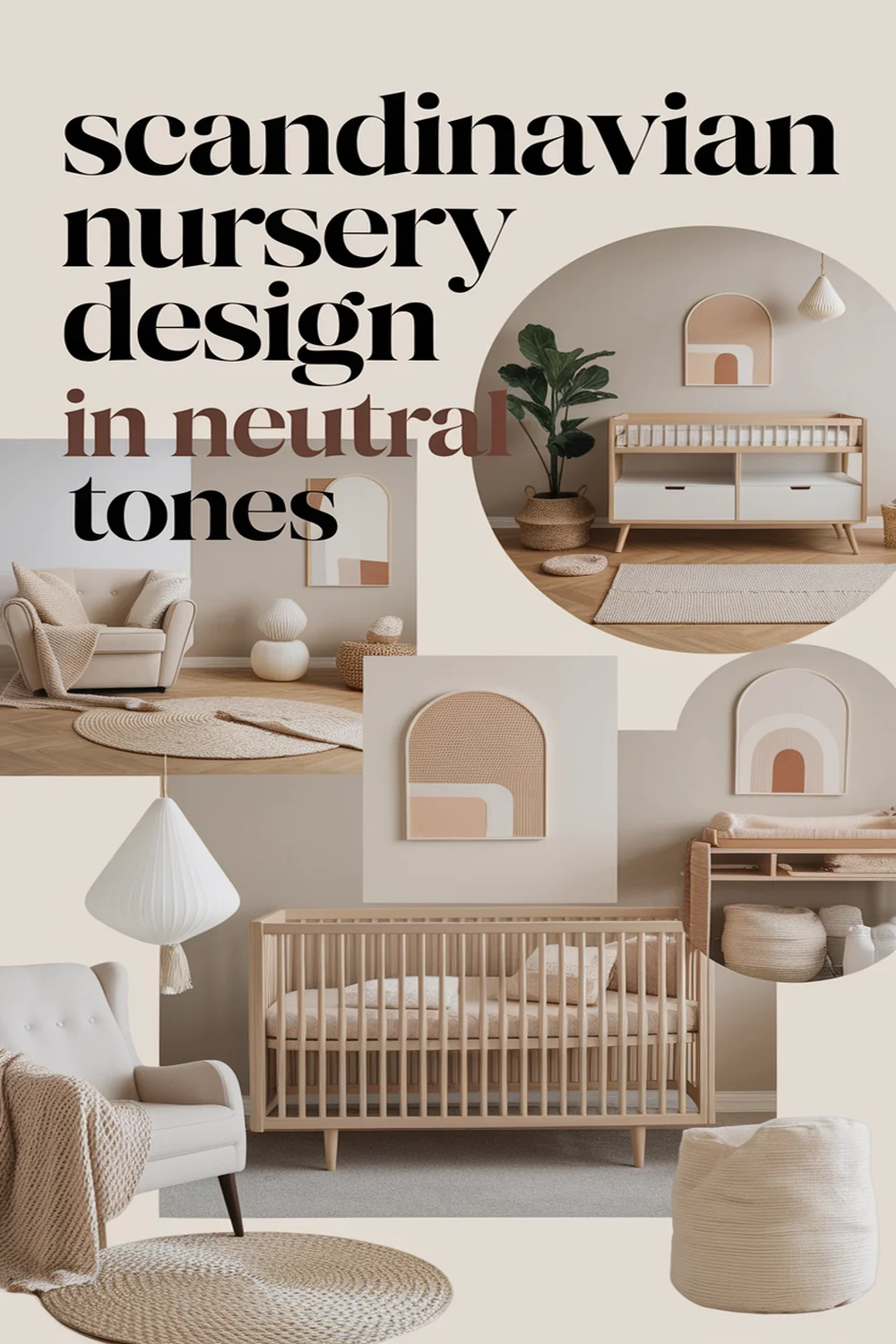This post may contain affiliate links. Please read our policy page.
To achieve a monochromatic industrial kitchen style, I blend varying shades of a single color with raw materials like exposed brick and weathered wood. Using deep grays or soft whites creates a modern aesthetic, while concrete countertops add durability. I incorporate textures by mixing smooth and rough surfaces, and I choose fixtures in consistent finishes to unify the look. This approach leads to a sophisticated yet functional space that’s easy to maintain and visually cohesive. There’s much more to explore!
Understanding Monochromatic Design Principles

When I plunge into the world of monochromatic design, I find it fascinating how a single color can create a cohesive and striking aesthetic. By focusing on varying shades, tints, and tones of one hue, I can establish depth and texture without overwhelming the space.
For instance, imagine a kitchen adorned in shades of gray; the countertop, cabinets, and backsplash might all share this palette, yet differ subtly in hue. This approach allows me to play with materials—smooth stainless steel juxtaposed against matte slate—and highlight their unique characteristics.
Lighting becomes essential too, as it can shift the perception of color, adding warmth or coolness. Ultimately, the beauty lies in the simplicity of choice, expertly balancing elements to create harmony.
Recommended Items
Explore our curated selection of products and equipment to help you achieve the perfect monochromatic industrial kitchen style!
Products
The Essence of Industrial Aesthetics

While exploring the essence of industrial aesthetics, I’m captivated by the raw beauty that emerges from utilitarian materials and open spaces. The blend of exposed brick, weathered wood, and metal accents creates a striking visual narrative. Each element tells a story of function and form, embracing imperfections that add character.
To illustrate these key components, here’s a simple breakdown:
| Material | Texture | Color |
|---|---|---|
| Exposed Brick | Rough | Earthy Reds |
| Weathered Wood | Grainy | Warm Browns |
| Steel Accents | Smooth | Cool Grays |
| Concrete | Hard | Neutral Tones |
| Glass | Clear | Reflective |
This combination of elements forms the backbone of an industrial kitchen, where every detail contributes to a cohesive aesthetic.
Choosing the Right Color Palette

In any industrial kitchen, the right color palette can transform the space into a harmonious blend of style and functionality.
I find that a monochromatic approach not only creates visual coherence but also highlights the raw materials typically found in these kitchens.
When choosing colors, think about:
- Shades of Gray: They evoke a sleek, modern feel while complementing stainless steel appliances.
- Deep Charcoal: This can add depth and drama to your cabinetry or walls.
- Soft Whites: They balance the bold elements and enhance natural light.
- Muted Earth Tones: These introduce warmth, making the space inviting.
Step-by-Step Guide to Monochromatic Kitchen Decor
Selecting Materials That Enhance the Look

To elevate the monochromatic industrial kitchen style, selecting the right materials is essential for achieving both aesthetics and functionality.
I love opting for raw materials like brushed stainless steel and matte black finishes; they create that sleek, utilitarian vibe. Concrete countertops are perfect, offering durability and an edgy appeal.
For cabinetry, consider laminate in a deep charcoal or rich ebony; it complements metal elements beautifully. Don’t forget about texture—mixing smooth surfaces with rougher materials, like reclaimed wood or exposed brick, adds depth.
Choose fixtures in a consistent finish, like blackened brass or polished chrome, to tie everything together.
Key Fixtures and Appliances for an Industrial Kitchen
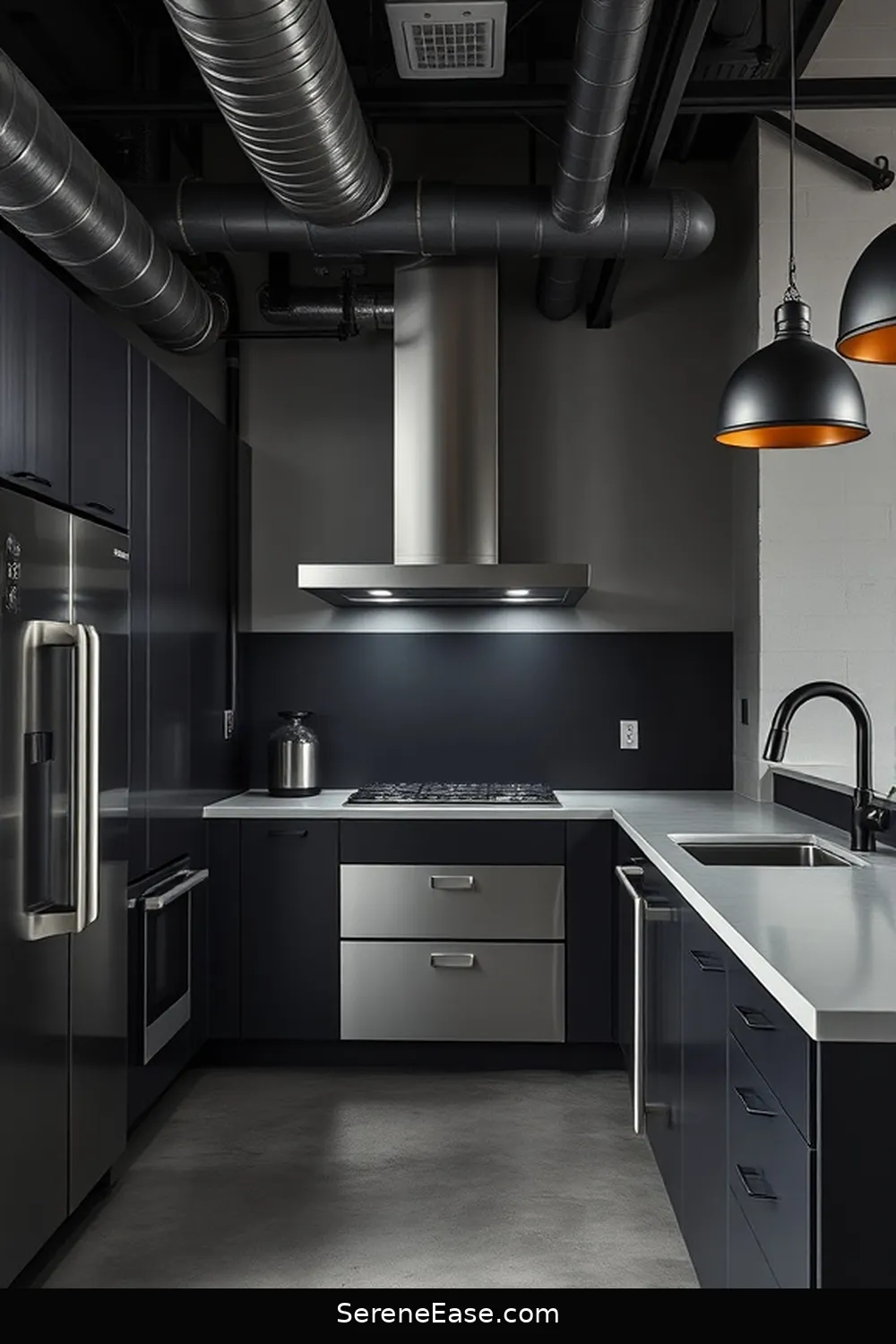
When designing an industrial kitchen, the right fixtures and appliances can make all the difference in achieving that sought-after aesthetic.
I’ve found that opting for robust, utilitarian elements not only enhances the look but also boosts functionality. Here are some key components to evaluate:
- Stainless Steel Appliances: They embody durability and a sleek finish, perfect for an industrial vibe.
- Exposed Vent Hoods: These add an authentic touch while ensuring your kitchen stays well-ventilated.
- Open Shelving: Displaying dishes and cookware creates a sense of openness and accessibility.
- Industrial-Style Faucets: Go for matte black or brushed nickel to complement the overall monochromatic theme.
Incorporating these elements will help transform your kitchen into a striking industrial masterpiece.
Utilizing Lighting to Create Atmosphere

While the right fixtures and appliances set the stage for an industrial kitchen, the lighting truly brings it to life. I love using a mix of pendant and recessed lights to create a warm yet edgy atmosphere. The interplay of shadows and highlights can transform the space from stark to inviting.
Here’s how I typically approach lighting selection:
| Type of Lighting | Purpose |
|---|---|
| Pendant Lights | Focused illumination over workspaces |
| Recessed Lighting | General ambient lighting for open areas |
| Track Lighting | Flexibility to highlight art or features |
| Under-Cabinet Lighting | Task lighting for prep areas |
| Vintage Bulbs | Adds character and a nostalgic touch |
Incorporating Textures for Depth and Interest

Lighting sets the mood, but textures add the layers that make an industrial kitchen truly enchanting.
I love how the interplay of different materials creates a rich visual experience. By thoughtfully incorporating textures, you can elevate the space beyond the ordinary.
Here are some ideas to contemplate:
- Exposed Brick: It offers a raw, rustic charm that instantly warms up a monochromatic palette.
- Concrete Surfaces: They provide a sleek, modern look, perfect for an industrial vibe.
- Metal Accents: Stainless steel or aged copper infuse a touch of sophistication and durability.
- Wood Elements: Incorporating reclaimed wood adds warmth and organic contrast to the sleek materials.
Embrace these textures, and watch your kitchen transform into an inviting haven that balances style and functionality.
Furniture and Decor That Complement the Style
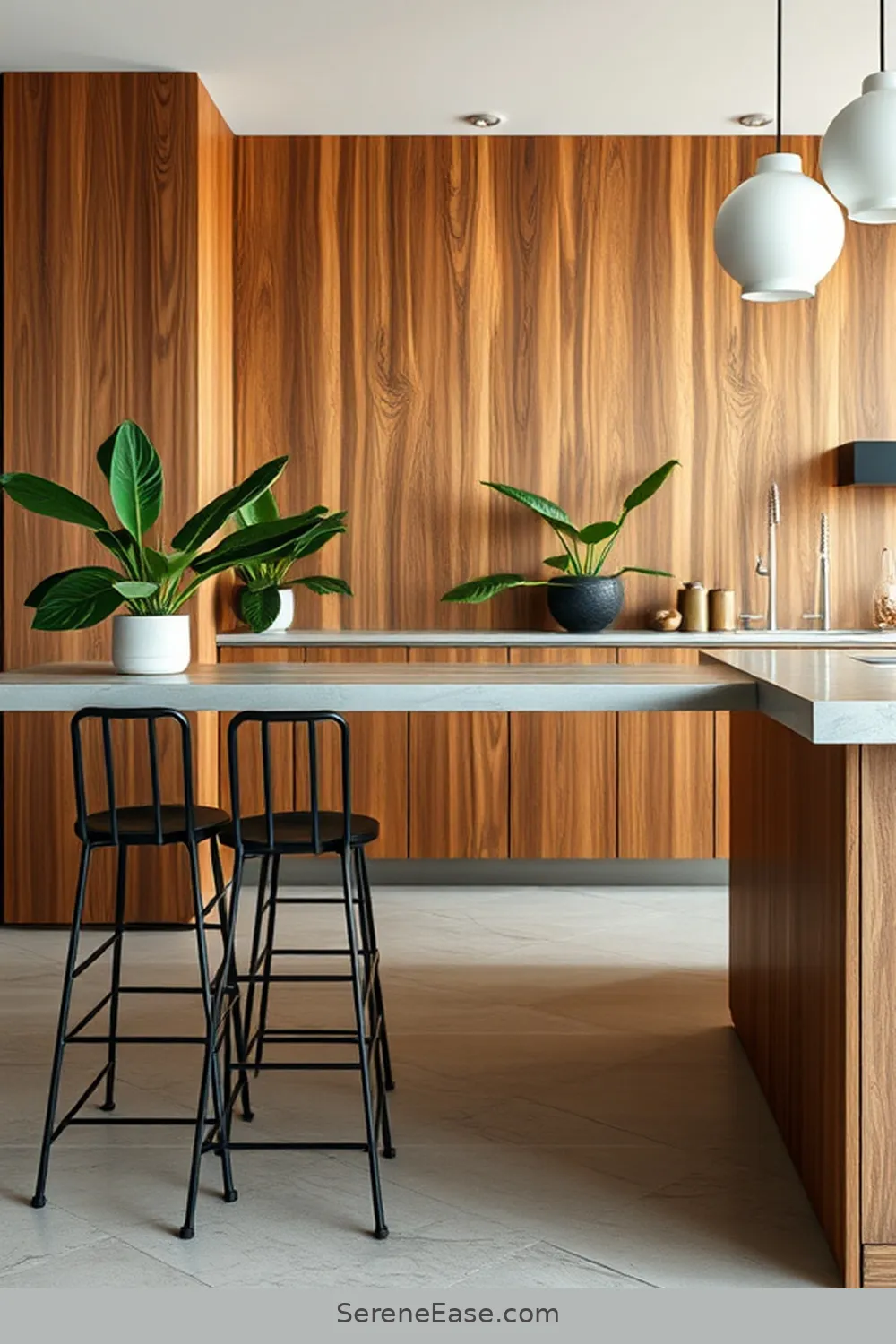
To create a cohesive monochromatic industrial kitchen, the choice of furniture and decor plays a pivotal role.
I recommend opting for pieces that feature raw materials like reclaimed wood, metal, and concrete. A sleek, stainless-steel island adds a modern touch, while wooden stools with metal bases create a warm contrast.
For decor, minimalist wall art in shades of gray or black enhances the industrial vibe without overwhelming the space. Textured textiles, such as linen table runners or cotton dish towels in muted tones, can soften the look.
Incorporating functional items like open shelving in dark metal not only serves a purpose but also adds to the aesthetic.
Maximizing Space in a Monochromatic Design

When designing a monochromatic kitchen, maximizing space is essential to create both functionality and style.
I find that thoughtful layout choices can transform even the smallest kitchen into a practical masterpiece. Here are some tips I’ve used to enhance space:
- Vertical Storage: Utilize wall-mounted shelves to keep counters clear.
- Multi-functional Furniture: Choose tables or islands that can double as prep space and dining areas.
- Open Shelving: Opt for open shelves in the same color to maintain a seamless look while displaying essential items.
- Light Colors: Stick to lighter shades to create an illusion of more space and reflect natural light.
Maintenance Tips for a Lasting Look

Although a monochromatic kitchen can exude elegance and modernity, keeping it looking pristine requires regular maintenance. I’ve found that using a gentle pH-balanced cleaner is key to preserving surfaces without damaging finishes.
For stainless steel, a microfiber cloth works wonders to eliminate smudges, while a dedicated cleaner can enhance its shine.
I focus on tackling spills immediately; they can leave stubborn stains on solid surfaces or matte finishes. Regularly inspecting grout lines keeps them looking fresh, and applying a sealer can prevent discoloration.
I also incorporate a weekly declutter, ensuring that sleek lines remain uninterrupted. Finally, I make it a habit to polish hardware and fixtures, maintaining that cohesive, polished look that makes my monochromatic kitchen truly stand out.



